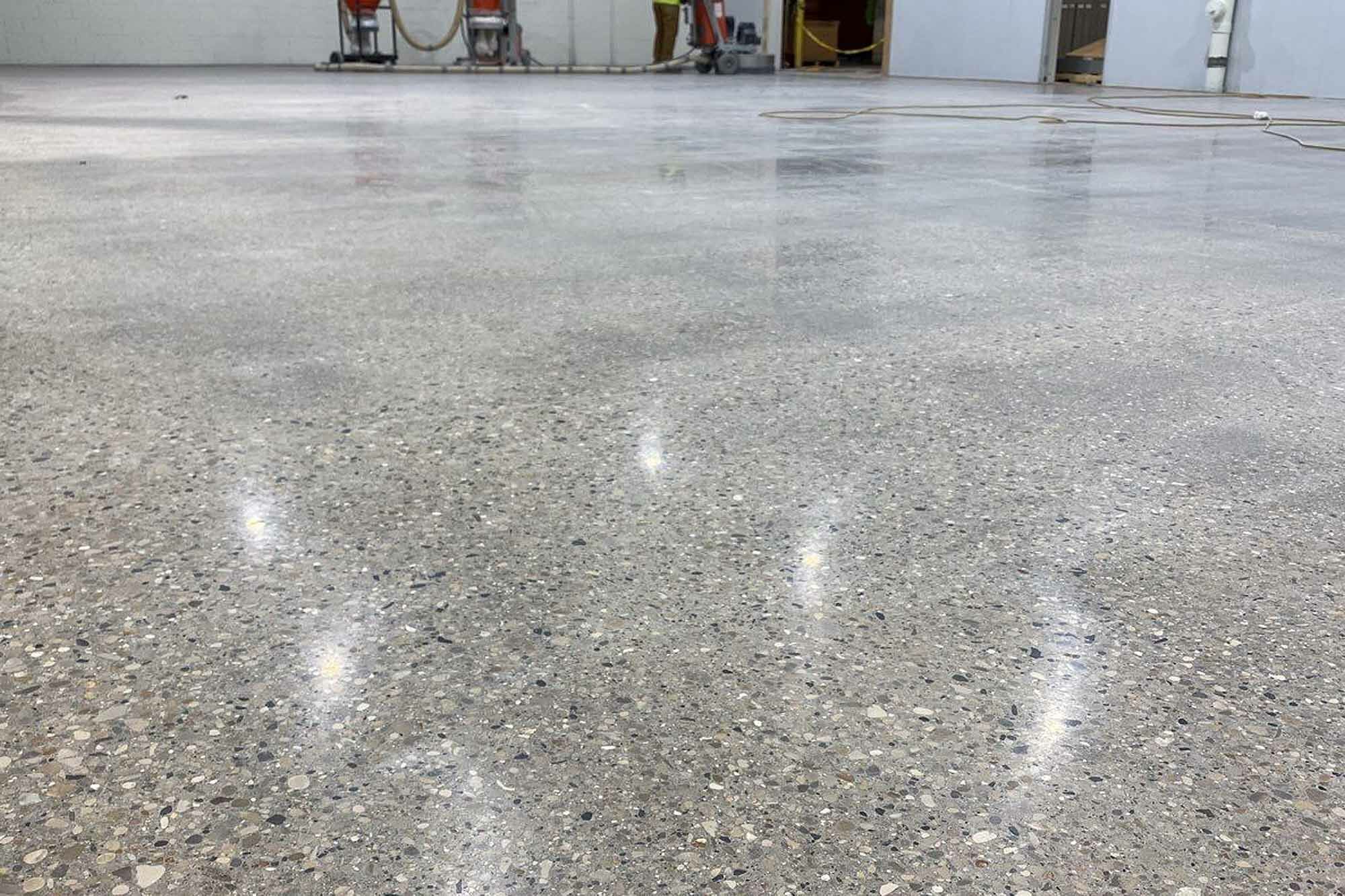Why Select Our Concrete Services: Quality in Every Pour
Why Select Our Concrete Services: Quality in Every Pour
Blog Article
Revealing the Eco-Friendly Advantages of Utilizing Recycled Concrete in Lasting Building And Construction Practices
In the world of lasting building practices, the use of recycled concrete stands as a critical yet commonly undervalued resource. Beyond its traditional applications, recycled concrete offers a myriad of green benefits that prolong far past the boundaries of standard building and construction materials.
Ecological Benefits
By integrating recycled concrete right into building and construction practices, there is a significant decrease in the need for brand-new raw materials, leading to conservation of all-natural resources. Additionally, the usage of recycled concrete diminishes the amount of waste being sent out to landfills, thus minimizing environmental air pollution and minimizing the pressure on land fill capacities (Concrete).

Additionally, the production of standard concrete is a considerable source of carbon exhausts because of the energy-intensive process of concrete production. In contrast, recycled concrete has a lower carbon footprint as it minimizes the need for new concrete manufacturing. This decrease in carbon exhausts contributes to mitigating environment adjustment and supports sustainable building and construction techniques. In general, the environmental benefits of utilizing recycled concrete are substantial and play a crucial role in advertising environmentally friendly construction approaches.
Cost-Efficiency
Achieving cost-efficiency is a vital factor to consider when analyzing the utilization of recycled concrete in building jobs. One of the key benefits of using recycled concrete is its cost-effectiveness compared to conventional concrete.
Moreover, using recycled concrete can lead to savings in garbage dump costs by drawing away concrete waste from disposal websites. This not only reduces the environmental effect but additionally removes the expenses related to waste elimination. The resilience and efficiency of recycled concrete are comparable to traditional concrete, ensuring that price financial savings do not compromise the high quality of the building.
Sturdiness and Stamina
Considering the considerable cost-efficiency benefits of making use of recycled concrete, it is critical to analyze its durability and strength in construction applications. Recycled concrete offers comparable, otherwise superior, sturdiness and strength homes to traditional concrete. Through developments in processing techniques and top quality control, recycled concrete can fulfill or surpass the efficiency requirements of conventional concrete. The process of reusing concrete involves squashing, arranging, and screening old concrete to produce aggregates that can be used in new building and construction jobs. These recycled accumulations are qualified of supplying acceptable compressive stamina, sturdiness, and long-lasting performance.

Waste Decrease
Efficient waste reduction methods play an essential duty in the sustainable application of resources within the building and construction market. Waste decrease is a crucial advantage that contributes substantially to ecological conservation when it comes to using recycled concrete. Conventional like this building techniques frequently produce substantial amounts of waste, especially in the kind of concrete debris from demolition sites. By incorporating recycled concrete into building projects, this waste is repurposed and drawn away from garbage dumps, minimizing the overall environmental impact of construction tasks.
Furthermore, the usage of recycled concrete can lead to set you back savings for building tasks, as it is frequently extra affordable than sourcing and transferring new products - Concrete. In final thought, waste decrease with the use of recycled concrete is a crucial component of lasting construction methods that profits both the building and the atmosphere sector as a whole.
Power Preservation
When it comes to making use of recycled concrete in building and construction, substantial power cost savings are achieved contrasted to look at here typical concrete manufacturing. The procedure of generating recycled concrete entails recycling and squashing existing concrete materials, which consumes less energy than mining, handling, and carrying raw products for new concrete production.
Conclusion
Finally, the utilization of recycled concrete in sustainable building and construction practices offers countless ecological advantages, cost-efficiency, longevity, toughness, waste decrease, and power preservation. By including recycled concrete into construction tasks, we can contribute to a much more eco pleasant and sustainable future. It is vital for the construction sector to focus on using recycled products to help Get the facts reduce the ecological impact of building activities.
One of the key advantages of utilizing recycled concrete is its cost-effectiveness contrasted to standard concrete.Moreover, the usage of recycled concrete can lead to financial savings in land fill costs by diverting concrete waste from disposal websites. The longevity and performance of recycled concrete are comparable to standard concrete, guaranteeing that expense savings do not endanger the top quality of the building.
:max_bytes(150000):strip_icc()/GettyImages-941748918-5c7f3654c9e77c00012f82f6.jpg)
Report this page